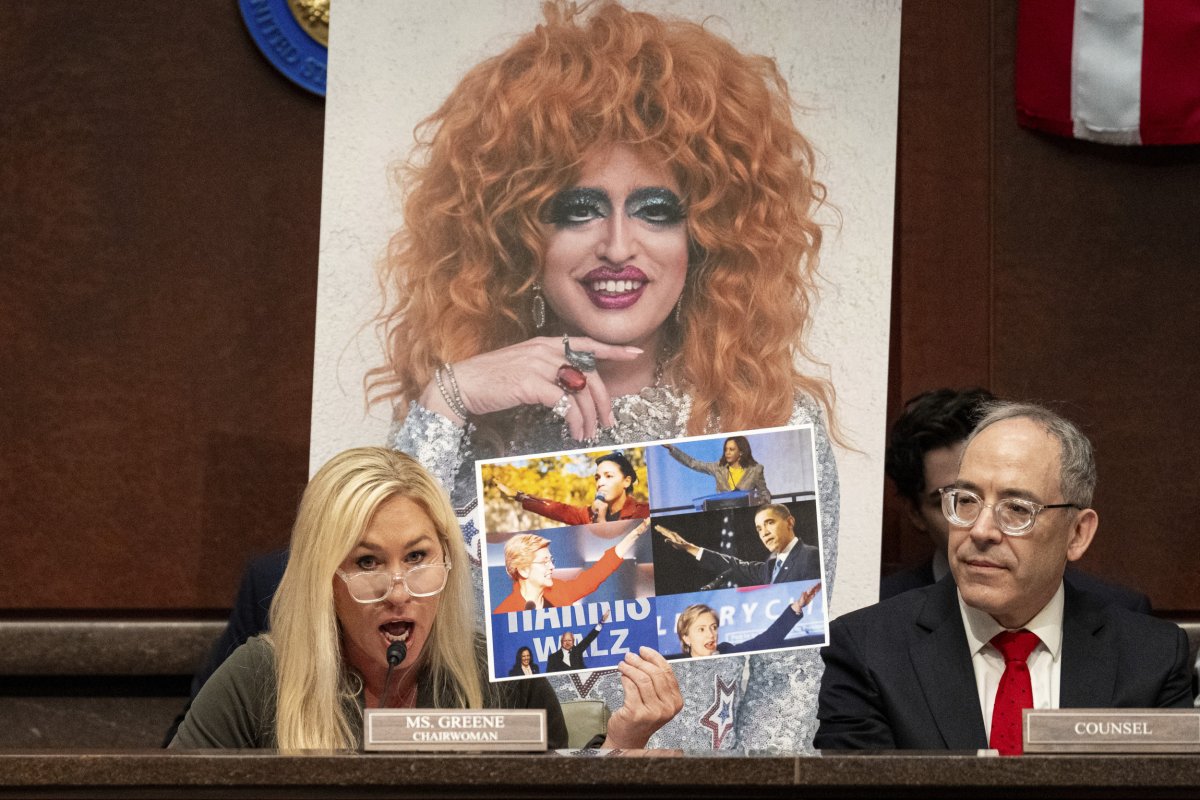President Donald Trump has signed an executive order to cut federal funding for National Public Radio (NPR) and the Public Broadcasting Service (PBS), escalating a long-standing conservative critique of publicly funded media and setting off a new clash over press independence and public accountability.
The order, signed Thursday, directs the Corporation for Public Broadcasting (CPB) to “cease Federal funding for NPR and PBS” and also prohibits CPB recipients from using any federal money to support the two organizations. The Trump administration claims the broadcasters have become purveyors of “left-wing propaganda,” and accuses them of violating CPB’s mandate to remain nonpartisan.
The White House fact sheet claims that “NPR and PBS receive tens of millions of dollars in taxpayer funds each year,” and that they “have fueled partisanship and left-wing propaganda with taxpayer dollars, which is highly inappropriate and an improper use of taxpayers’ money.”
Why Does Trump Want to Cut Funding to NPR and PBS?
The administration alleges that both organizations promote liberal viewpoints while benefiting from public subsidies. The White House cited internal staffing and editorial decisions at NPR, claiming that 87 registered Democrats and zero Republicans hold editorial roles. It also pointed to NPR’s avoidance of terms like “biological sex,” its coverage of race and crime, and its decision not to report initially on the Hunter Biden laptop story.

More
Bill Clark/CQ Roll Call/AP Images
The fact sheet further claims that NPR “refused to cover” the Hunter Biden story and “repeatedly insisted COVID-19 did not originate in a lab,” despite later assessments by federal agencies. It also criticizes NPR for running a Valentine’s Day feature on “queer animals” and for describing its diversity and inclusion policies as integral to content production.
PBS was similarly targeted for programming decisions. The White House claims PBS aired a drag queen named Lil Miss Hot Mess on a show “meant for kids ages 3-8” and a documentary celebrating a transgender teen’s transition. It also claims that over a six-month span, “PBS NewsHour used versions of the term ‘far-right’ 162 times, but ‘far-left’ only 6 times.”
The executive action follows a long-running conservative push to defund public media. In April 2024, Trump publicly demanded the defunding of NPR following a critical op-ed by longtime NPR editor Uri Berliner. In a post on Truth Social, Trump wrote: “NO MORE FUNDING FOR NPR, A TOTAL SCAM! EDITOR SAID THEY HAVE NO REPUBLICANS, AND IS ONLY USED TO ‘DAMAGE TRUMP.’ THEY ARE A LIBERAL DISINFORMATION MACHINE. NOT ONE DOLLAR!!!”
More recently, a March congressional hearing chaired by Georgia Republican Marjorie Taylor Greene under a House subcommittee on “delivering on government efficiency” (DOGE) featured pointed attacks against both networks. Greene accused NPR of promoting a “communist agenda” and said PBS was guilty of “transing children.” “We will be calling for the complete and total defund and dismantling of the Corporation for Public Broadcasting,” she said in closing remarks.
According to the Trump administration, “No media outlet has a Constitutional right to taxpayer subsidized operations,” and “it’s highly inappropriate for taxpayers to be forced to subsidize biased, partisan content.”
How Much Federal Funding Does NPR Receive?
NPR does not receive direct funding from the federal government. Instead, it benefits indirectly through CPB grants allocated to local public radio stations, which may then purchase programming from NPR.
According to NPR’s financial overview, “on average, approximately 1 percent of NPR’s annual operating budget comes in the form of grants from CPB and federal agencies and departments.” In contrast, “CPB funding comprises on average approximately 8 percent of a public radio station’s budget,” a figure that can be significantly higher for rural or underserved areas.
Several outlets reported that Trump’s executive order aims to block both direct and indirect funding, and that the administration plans to ask Congress to rescind $1.1 billion in CPB funding—an amount equal to two years of appropriations.
How Much Federal Funding Does PBS Receive?
PBS does not receive federal funding directly. Instead, its more than 330 member stations receive annual grants from the Corporation for Public Broadcasting (CPB), which they use in part to acquire and produce PBS content.
Congress allocated $535 million for the CPB for the current fiscal year, most of which goes to local stations. PBS and its member stations receive approximately 15 percent of their revenues from CPB’s federal appropriations
In response to the funding threats, PBS President and CEO Paula Kerger said in a statement, “There’s nothing more American than PBS, and our work is only possible because of the bipartisan support we have always received from Congress.”
She added that the cuts would “disrupt the essential service PBS and local member stations provide to the American people,” and emphasized that public broadcasting helps “prepare millions of children for success in school and in life and also supports enriching and inspiring programs of the highest quality.”
What’s Next
The Corporation for Public Broadcasting has filed a lawsuit to block Trump’s dismissal of three board members, arguing that the move would strip the board of a quorum and violate statutory protections. The CPB was created by Congress in 1967 to support independent journalism and educational programming, and is funded two years in advance to protect it from short-term political pressure.
Federal courts have previously ruled against similar Trump administration attempts to withhold funding from public media outlets like Voice of America and Radio Free Europe. In those cases, courts determined that appropriated funds could not be unilaterally retracted by the executive branch.
Trump’s order also directed the FCC to investigate whether NPR and PBS have engaged in unlawful discrimination.


